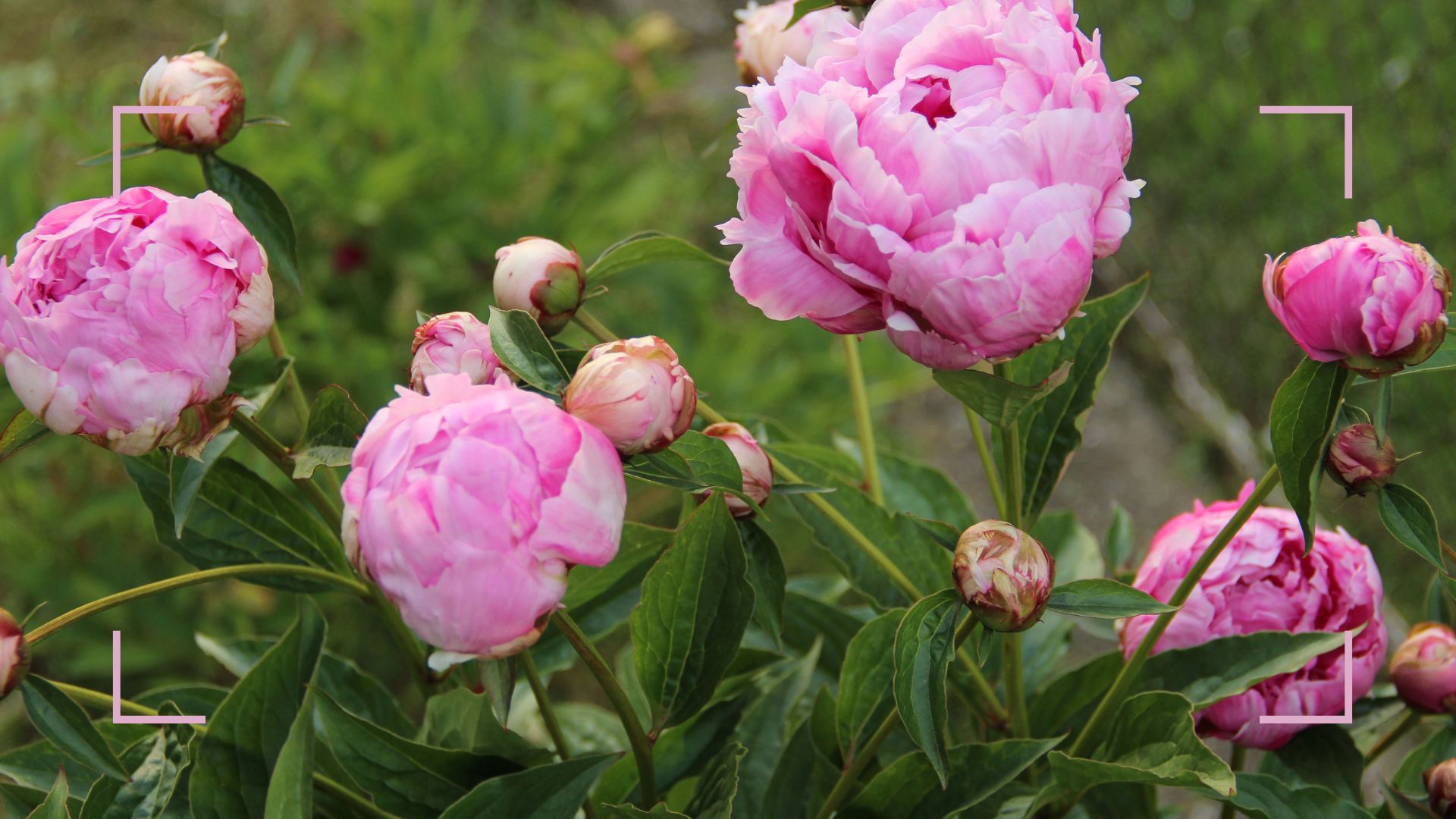
Is it any wonder people love peonies so much? Their romantic pastel-coloured blooms are silky, delicate, and ever so fragrant, making them a popular choice for summer bouquets – but there's no denying that cut flowers are expensive. Here, then, is how to grow peonies at home and cheat the system.
That's right: you can wow your guests and be the envy of your neighbours by growing your own peonies and reaping the benefits of one of the best plants around, if you're willing to put in the time and effort to cultivate this gardening trend at home.
Honestly, it's well worth the hard work, as these flamboyant flowers will be perfectly at home among your favourite cottage garden plants – and they're relatively easy to keep happy, so long as you find them a spot in rich but well-drained soil with lots of sunshine.
How to grow peonies
"Peonies are a classically beautiful and romantic plant, flowering vibrant pink, white and red flowers every summer!" says Morris Hankinson, director of Hopes Grove Nurseries.
"There are several different varieties of peonies but all need to be planted in a moist but well-drained soil," he continues.
"Ensure you position your peonies in full sun and be careful not to plant your peonies too deeply into the ground as they won't flower."
What you will need
You wouldn't begin mowing your lawn or pruning your roses without the right tools to hand, so be sure to prep accordingly before you begin to learn how to prune roses.
To that end, then, make sure you have:
- A striking peony plant, such as the Paeonia lactiflora 'Bowl of Beauty' from Crocus or the Peony 'Sarah Bernhardt' from Thompson & Morgan
- A general-purpose fertiliser, such as Westland Growmore Plant Feed from Homebase
- A bag of good peat-free potting compost
- A dibber and a trowel
- A good quality mulch

RRP: £12.49 | Give your peonies the best start by using a compost enriched with plant feed, such as this best-selling formula by the experts Miracle-Gro.
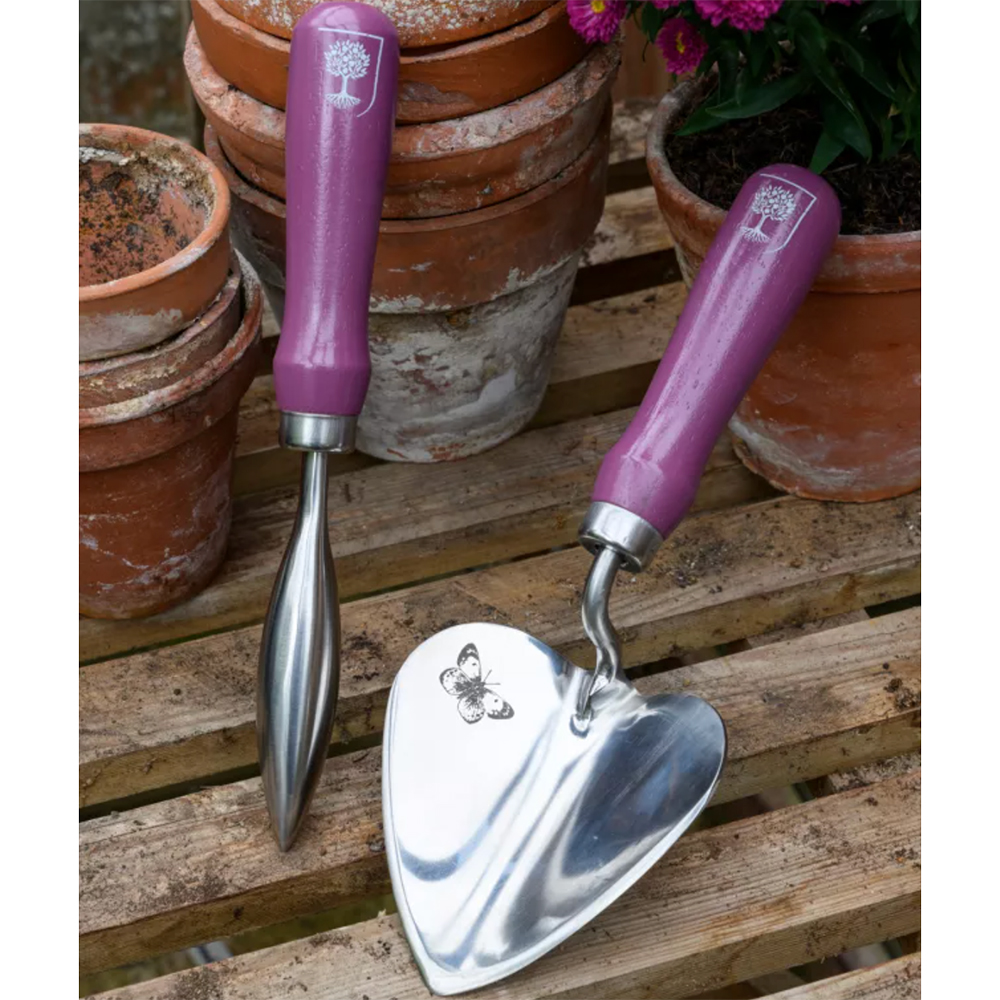
RRP: £26 | This expertly designed tool set at John Lewis comprises a dibber and handy trowel to help tackle the job of planting your peonies with precision.
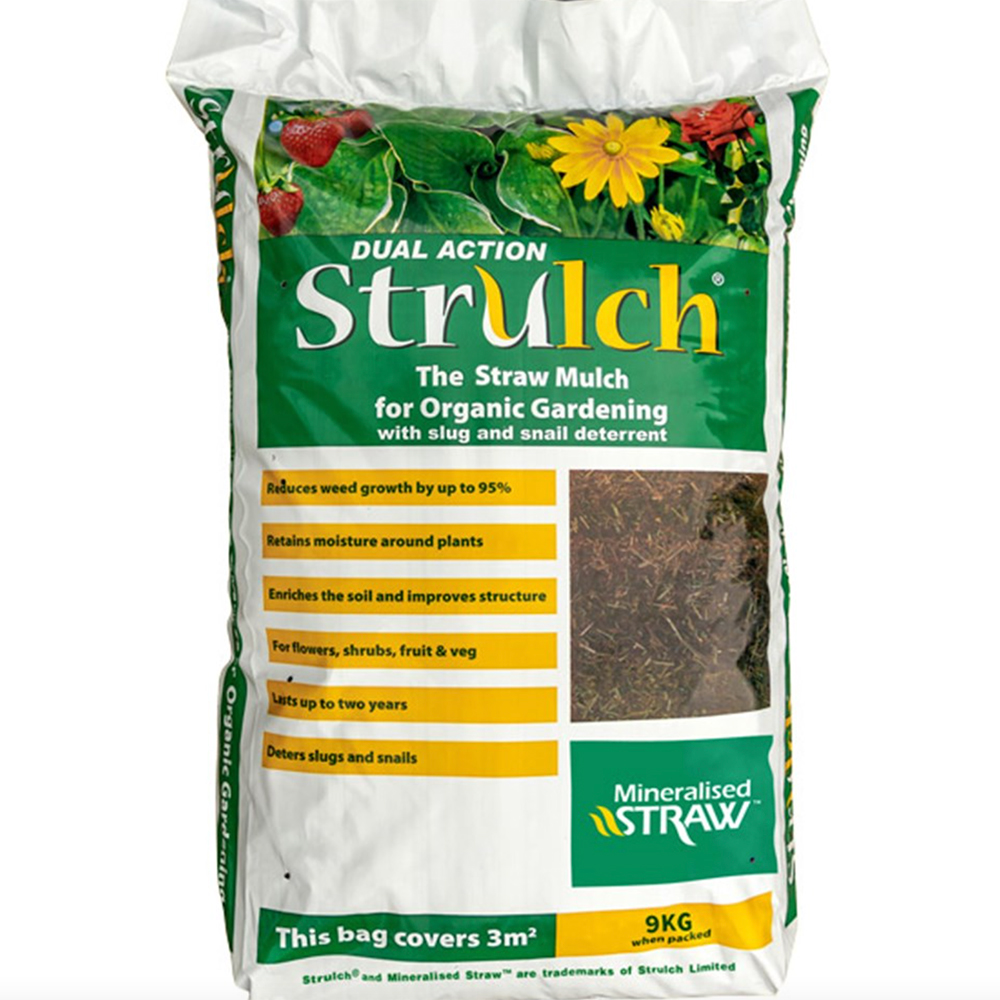
RRP: from £13.99 | Protect your newly planted peonies with a layer of organic mulch to prevent weeds and retain some much-needed moisture.
Your step-by-step guide
Now that you have everything you need, you can learn how to grow peonies like a gardening superstar and fill your garden with florist-worthy flowers in the process.
1) Choose your moment carefully
Peonies are best planted in autumn or spring, when the soil is moist and not too hot or cold.
"It’s a sweet spot when the soil is still warm so the new roots will develop quickly and get your new plants established!" says Morris.
2) Prep the soil
It's one of the top gardening tips for beginners, but soil is everything when it comes to making sure your garden plants thrive.
As such, the experts at Flowwow say that "special attention must be given to the soil before you begin planting your peonies, nurturing it carefully, enriching it with fertilisers, and diligently removing weeds."
Essentially, you'll want to mix in plenty of well-rotted organic matter or compost before you add your peony plants to the mix – and it's a good idea to apply a balanced fertiliser (taking care to follow the instructions on the packet), too.
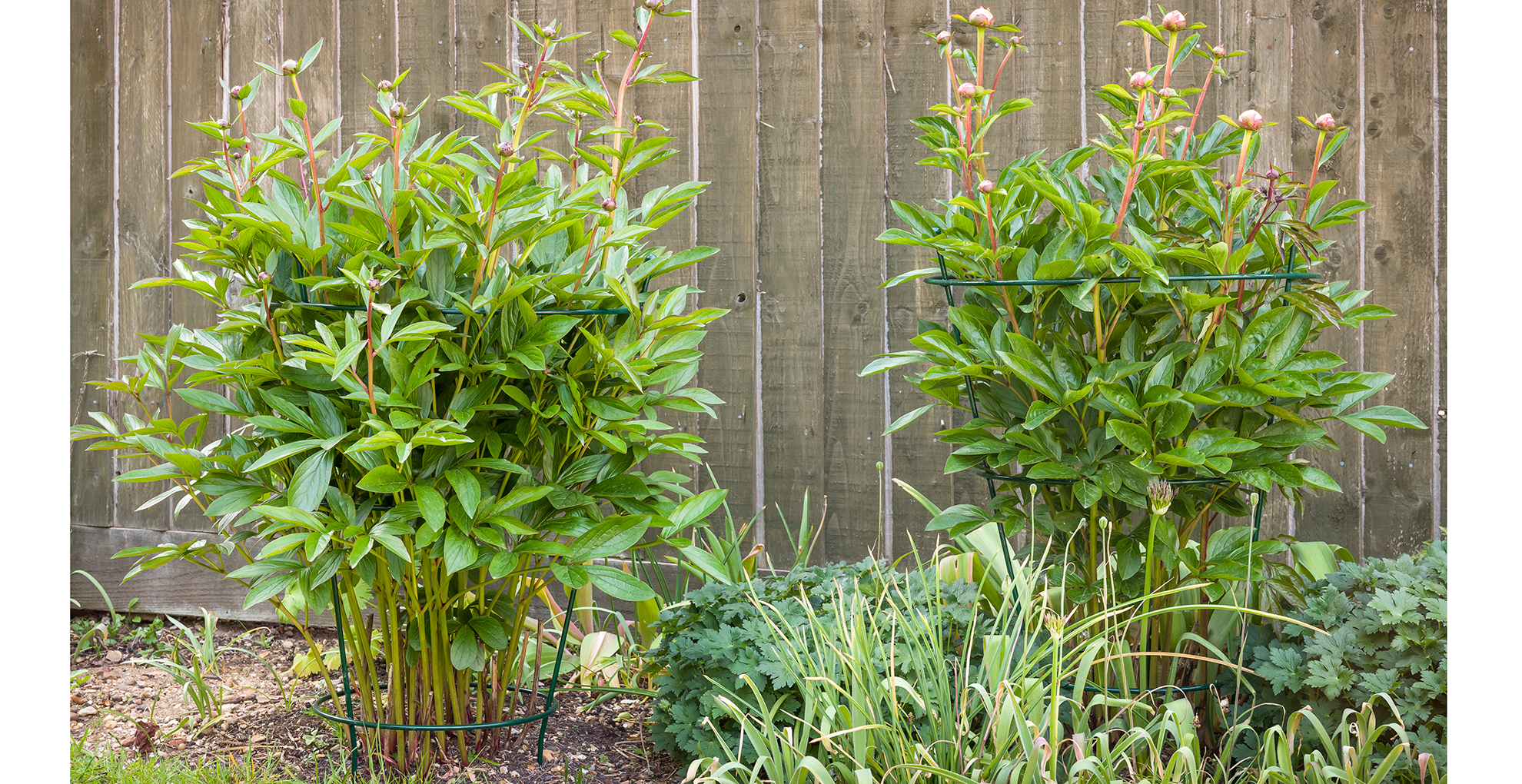
3) Plant and space accordingly
"For optimal growth, peonies should be planted in locations that receive plenty of sunlight," explain the flower experts at Flowwow.
"When planting, it is crucial to maintain adequate spacing between the flowers to avoid overcrowding and to ensure they are not planted too deep – a depth of about 2 inches is more than sufficient."
4) Get watering... but not too much
Just as you need to know how often you should water houseplants, the same is true of your peonies: while you should water them after planting to help settle them, then, remember that overwatering is the biggest cause of plant failure.
"The key is to avoid over-saturation, as this can make the root rot," say the Flowwow team. "It's essential keep the balance right."
To that end, they add that "heavy rain can pose a threat to peonies, potentially damaging the flowers and fragile petals".
During rainstorms, then, be sure to protect your peonies with a specialist flower cover.
5) Show them some love
Peonies require some maintenance if you want them to grow well, so be prepared to step in and show them some TLC every so often.
"If you notice any rotten petals, it's crucial to remove them or even cut the plant back to protect the flower and prepare it for the next season," says the Flowwow team.
Morris, meanwhile, advises that you take care "to prune your peonies in the autumn after the first frost as the foliage starts to die back naturally."
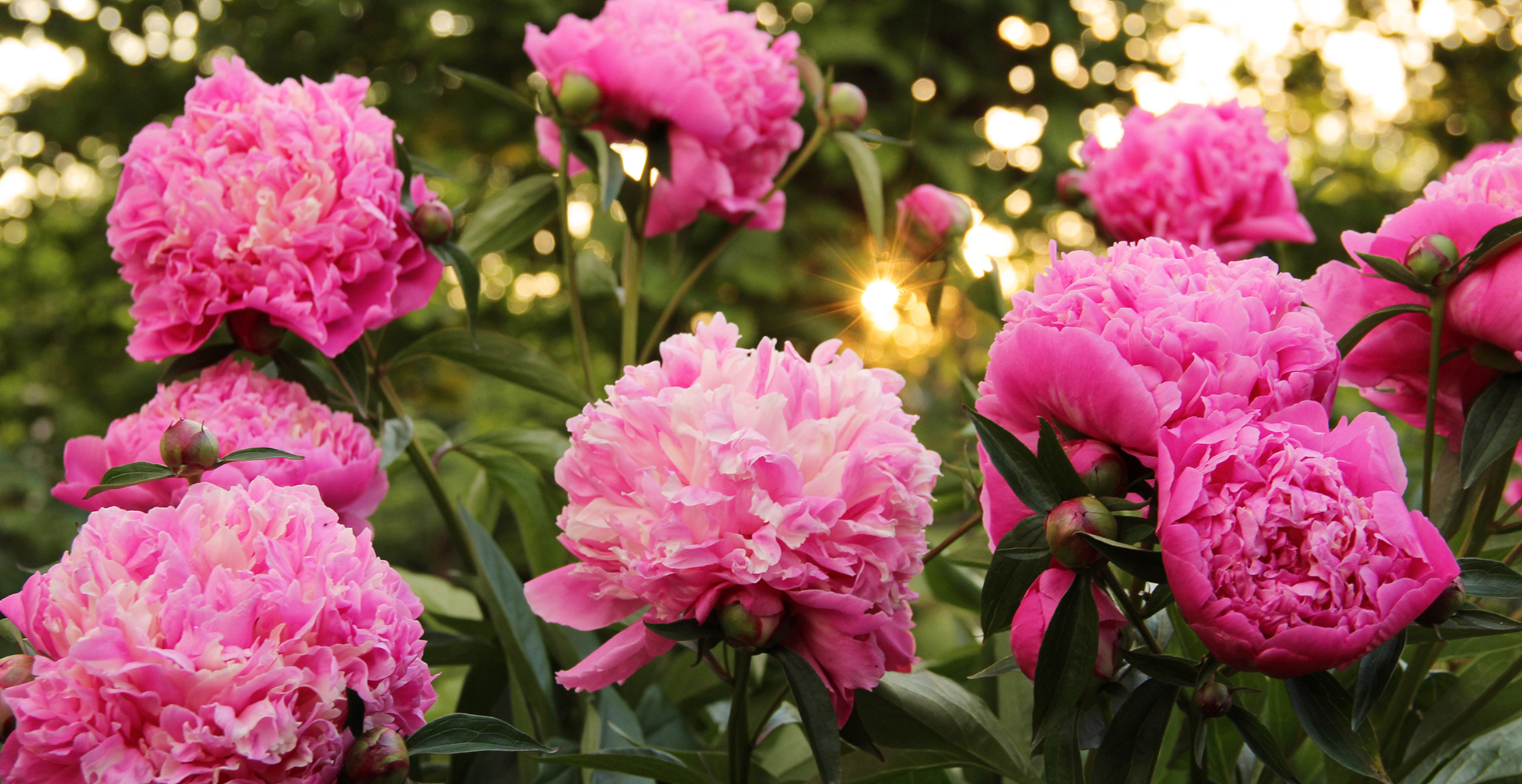
FAQs
Where do peonies grow best?
If you're wondering where peonies grow best, the answer is simple enough: somewhere sunny!
"For optimal growth, peonies should be planted in locations that receive plenty of sunlight," say the experts at Flowwow.
You'll want a rich and well-draining soil (so nothing too waterlogged), and be sure to check the pH levels to ensure you're popping your expensive blooms in either a neutral or slightly alkaline soil, too.
What month is best to plant peonies?
The best month to plant peonies is wholly dependent on the type of plant you're working with; bare root herbaceous peonies should be planted between October and March, for example, while ready-grown potted plants from your local garden centre will fare best in the springtime.
Will peonies bloom the first year planted?
Most peonies will take at least a year or two to establish themselves before they bloom, so patience is absolutely a virtue with these plants.
"While the stunning flowers brighten up any garden, it's worth remembering that they can be very heavy so it's important to provide a plant support," advises Morris Hankinson of Hopes Grove Nurseries, noting that good support and lots of love is key to getting the fluffy flowers of your dreams.
How do you propagate peonies?
Herbaceous peonies can (and should) be propagated by division.
"Peonies can clump over time, so you may decide to divide them if they stop flowering," says Morris Hankinson of Hopes Grove Nurseries. "The best time to do this is during late-Autumn."
Now that you know how to grow peonies, you'd best start stocking up on beautiful vases and jugs to display all of your fabulous flowers in.
Good luck!







